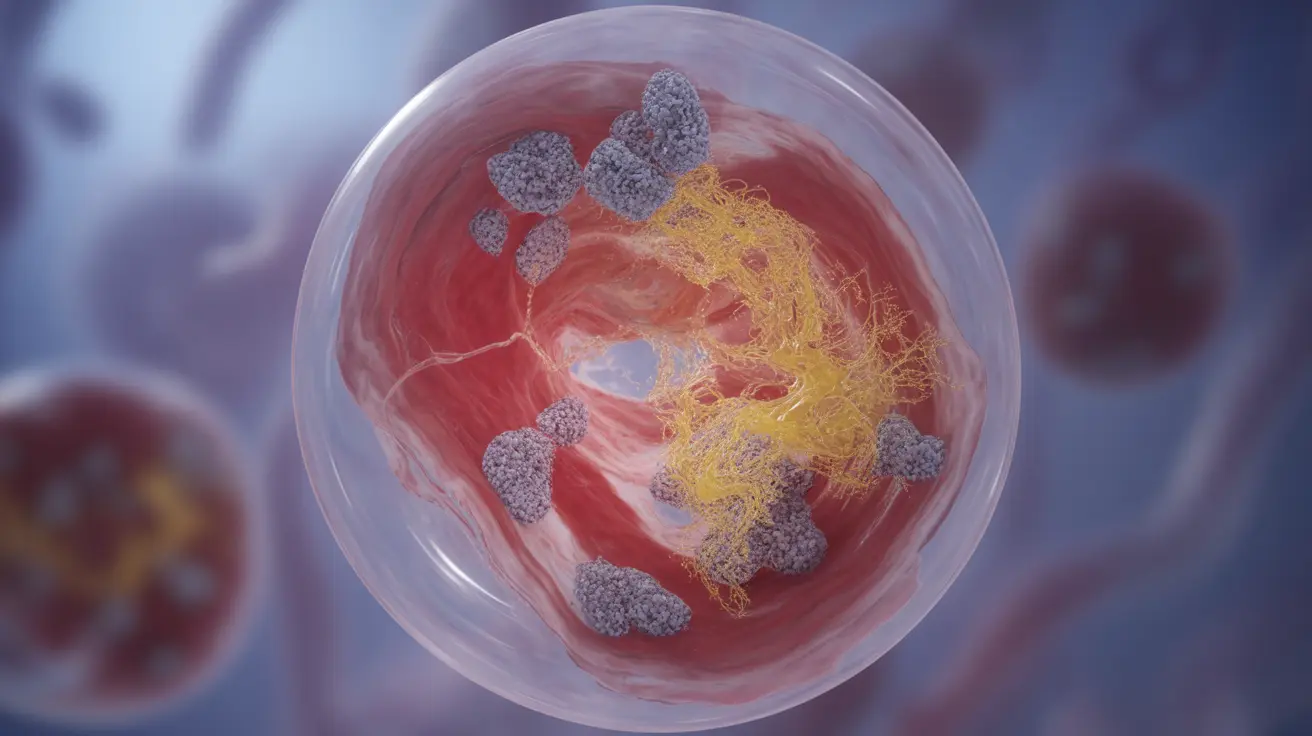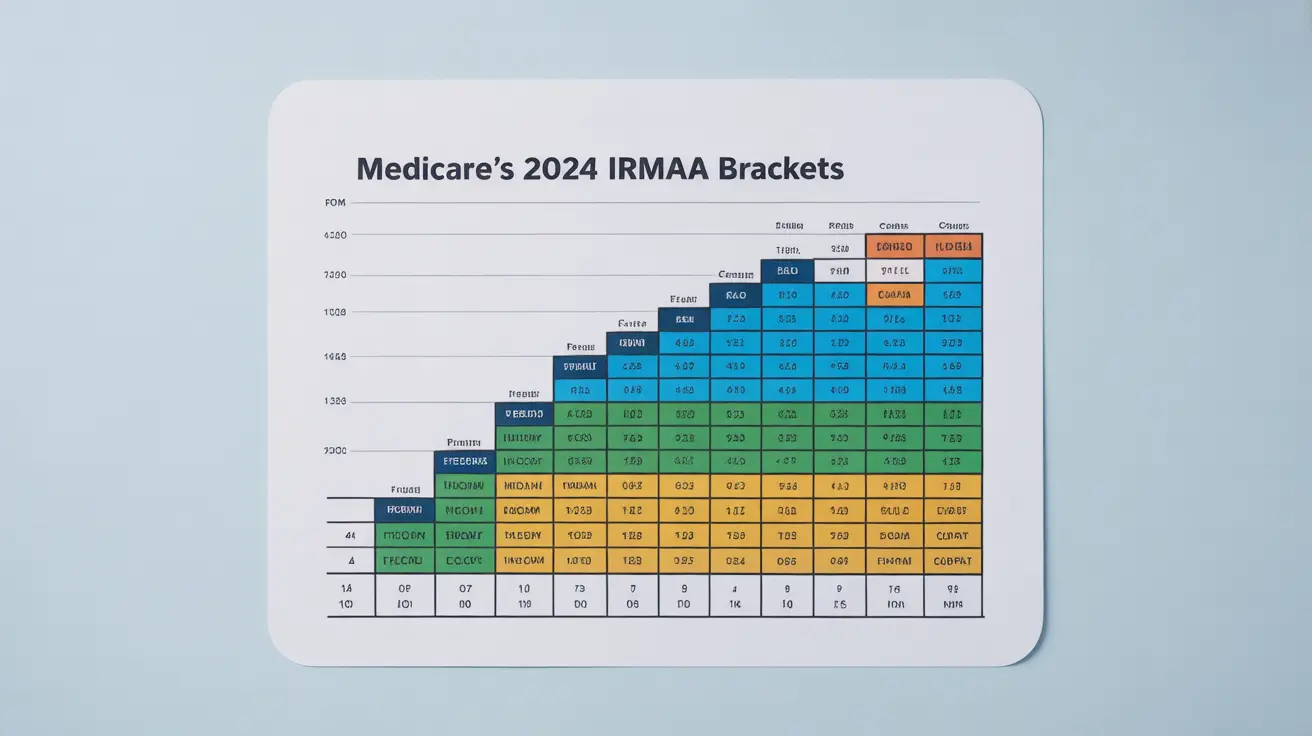Menstrual cramps can be a challenging and uncomfortable part of many women's monthly cycles. Finding relief from this discomfort is crucial for maintaining quality of life during menstruation. This article explores various positions and techniques that can help alleviate period cramps, offering practical solutions for women seeking natural ways to manage menstrual pain.
Understanding how different body positions and movements can impact menstrual discomfort is key to finding effective relief. From sitting postures to yoga poses and sleeping positions, we'll cover a range of strategies to help you find comfort during your period.
Sitting Positions for Period Cramp Relief
When you're experiencing menstrual cramps, the way you sit can significantly impact your comfort level. Here are some sitting positions that may help alleviate period pain:
The Forward Lean
Leaning forward slightly while sitting can help relieve pressure on the lower back and abdomen. Try sitting on a chair with your feet flat on the floor, then lean forward, resting your elbows on your knees. This position can help reduce tension in the abdominal muscles and potentially ease cramping.
The Elevated Feet Position
Elevating your feet while sitting can improve circulation and may help reduce period cramps. When at a desk or table, try propping your feet up on a small stool or box. This slight elevation can help relax the abdominal muscles and potentially alleviate discomfort.
The Cross-Legged Pose
Sitting cross-legged on the floor or a comfortable surface can help open up the hips and lower back, potentially easing menstrual pain. Ensure your back is straight and consider using a cushion for added comfort if needed.
Yoga Poses for Menstrual Cramp Relief
Yoga can be an excellent way to find relief from period cramps. Certain poses are particularly beneficial for easing menstrual discomfort:
Child's Pose (Balasana)
This gentle forward fold can help stretch the lower back and relieve abdominal tension. Kneel on the floor, sit back on your heels, then fold forward, extending your arms in front of you. Rest your forehead on the mat and breathe deeply.
Cat-Cow Pose (Marjaryasana-Bitilasana)
This flowing pose combination can help massage the abdominal organs and relieve back tension. Start on your hands and knees, alternating between arching your back (Cow) and rounding it (Cat) while synchronizing with your breath.
Supine Twist
Lying on your back, bring your knees to your chest, then gently lower them to one side while keeping your shoulders flat on the floor. This twist can help massage the abdominal area and potentially ease cramps.
Sleeping Positions to Reduce Menstrual Cramps
Getting comfortable sleep during your period can be challenging, but certain positions may help reduce nighttime cramps:
The Fetal Position
Sleeping on your side with your knees pulled up towards your chest can help relieve tension in the abdominal muscles. This position may reduce the pressure on the abdominal area and potentially ease cramp pain.
Back Sleeping with Elevated Knees
Lying on your back with a pillow under your knees can help take pressure off your lower back and abdomen. This position promotes better spinal alignment and may help reduce menstrual discomfort.
Exercise and Movement for Managing Period Pain
Regular physical activity can be beneficial for managing menstrual cramps. Consider these forms of exercise:
Low-Impact Cardio
Activities like walking, swimming, or cycling can help increase blood flow and release endorphins, potentially reducing period pain. Aim for 30 minutes of moderate activity most days of the week.
Gentle Stretching
Incorporating stretches that focus on the lower back, hips, and abdomen can help relieve tension and potentially ease cramps. Try gentle forward folds, hip openers, and side stretches.
Natural Remedies for Menstrual Cramp Relief
In addition to positioning and movement, several natural remedies can complement your efforts to alleviate period cramps:
Heat Therapy
Applying a heating pad or hot water bottle to your lower abdomen can help relax the muscles and potentially reduce cramping. Heat therapy can be particularly soothing when combined with comfortable positioning.
Hydration and Nutrition
Staying well-hydrated and maintaining a balanced diet rich in anti-inflammatory foods may help reduce the severity of menstrual cramps. Consider incorporating omega-3 fatty acids, magnesium-rich foods, and plenty of fruits and vegetables into your diet.
Frequently Asked Questions
- What are the best positions to help alleviate period cramps when sitting?
The best sitting positions to help alleviate period cramps include the forward lean (sitting with elbows on knees), elevating your feet while sitting, and sitting cross-legged on the floor. These positions can help reduce tension in the abdominal area and potentially ease discomfort.
- How can yoga poses specifically help reduce menstrual cramp pain and discomfort?
Yoga poses can help reduce menstrual cramp pain by stretching and relaxing the muscles in the lower back and abdomen, improving blood flow, and releasing tension. Poses like Child's Pose, Cat-Cow, and Supine Twist are particularly beneficial for easing menstrual discomfort.
- What are some effective sleeping positions to reduce menstrual cramps at night?
Effective sleeping positions to reduce menstrual cramps include the fetal position (lying on your side with knees pulled up) and sleeping on your back with a pillow under your knees. These positions can help relieve pressure on the abdominal area and potentially ease nighttime cramps.
- Can regular exercise or movement help manage period pain, and if so, what types are recommended?
Yes, regular exercise can help manage period pain. Low-impact cardio activities like walking, swimming, or cycling are recommended, as they can increase blood flow and release endorphins. Gentle stretching exercises focusing on the lower back, hips, and abdomen can also be beneficial.
- What are some natural remedies, such as heat or cold therapy, that can help relieve menstrual cramps?
Natural remedies that can help relieve menstrual cramps include heat therapy (using a heating pad or hot water bottle), staying well-hydrated, maintaining a balanced diet rich in anti-inflammatory foods, and practicing relaxation techniques like deep breathing or meditation. Some women also find relief with herbal teas or supplements, though it's always best to consult with a healthcare provider before trying new remedies.
By incorporating these positions, techniques, and natural remedies into your menstrual care routine, you may find significant relief from period cramps. Remember that every body is different, so it may take some experimentation to discover what works best for you. If you experience severe or debilitating menstrual pain, it's important to consult with a healthcare professional for personalized advice and treatment options.




